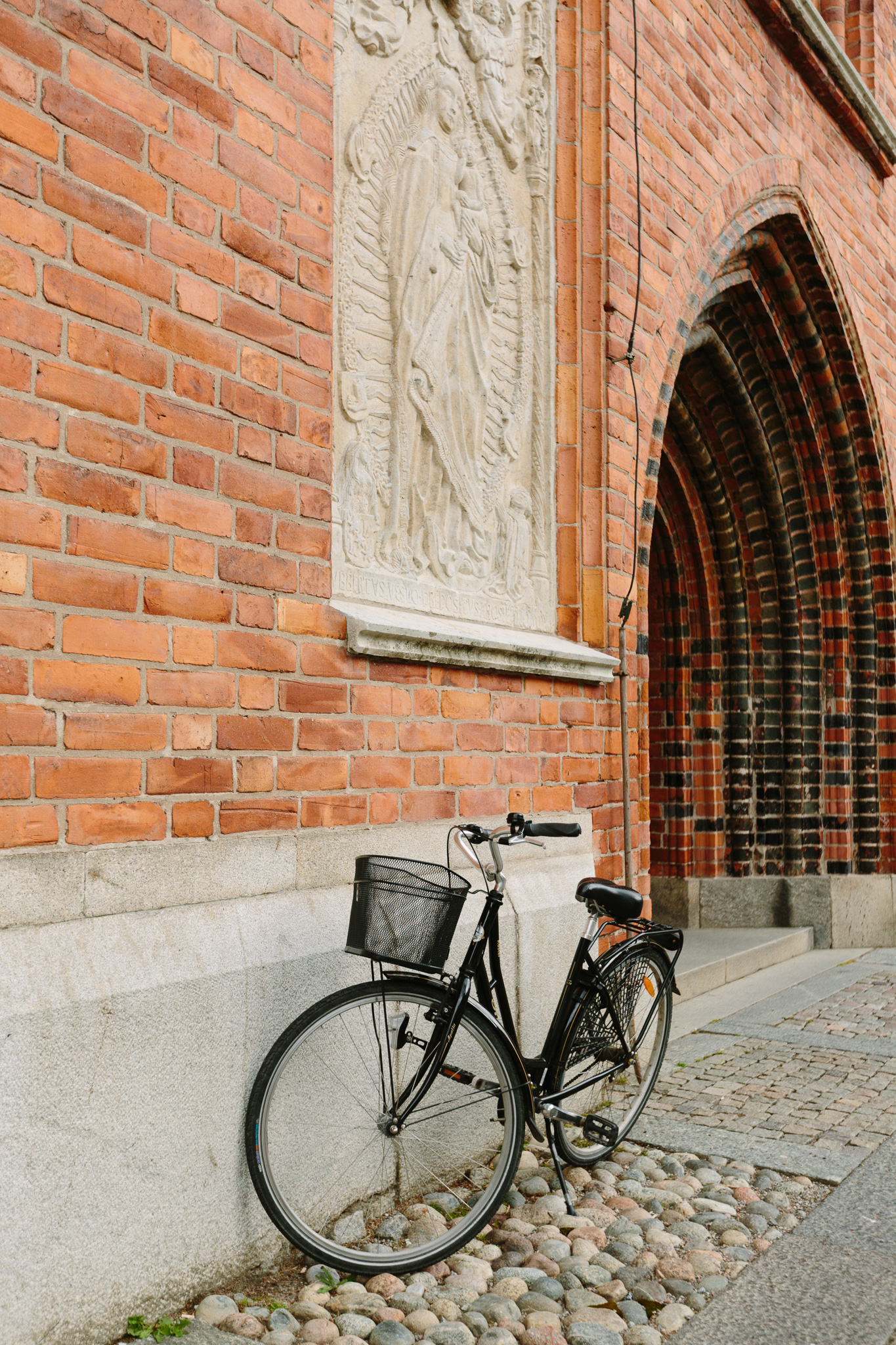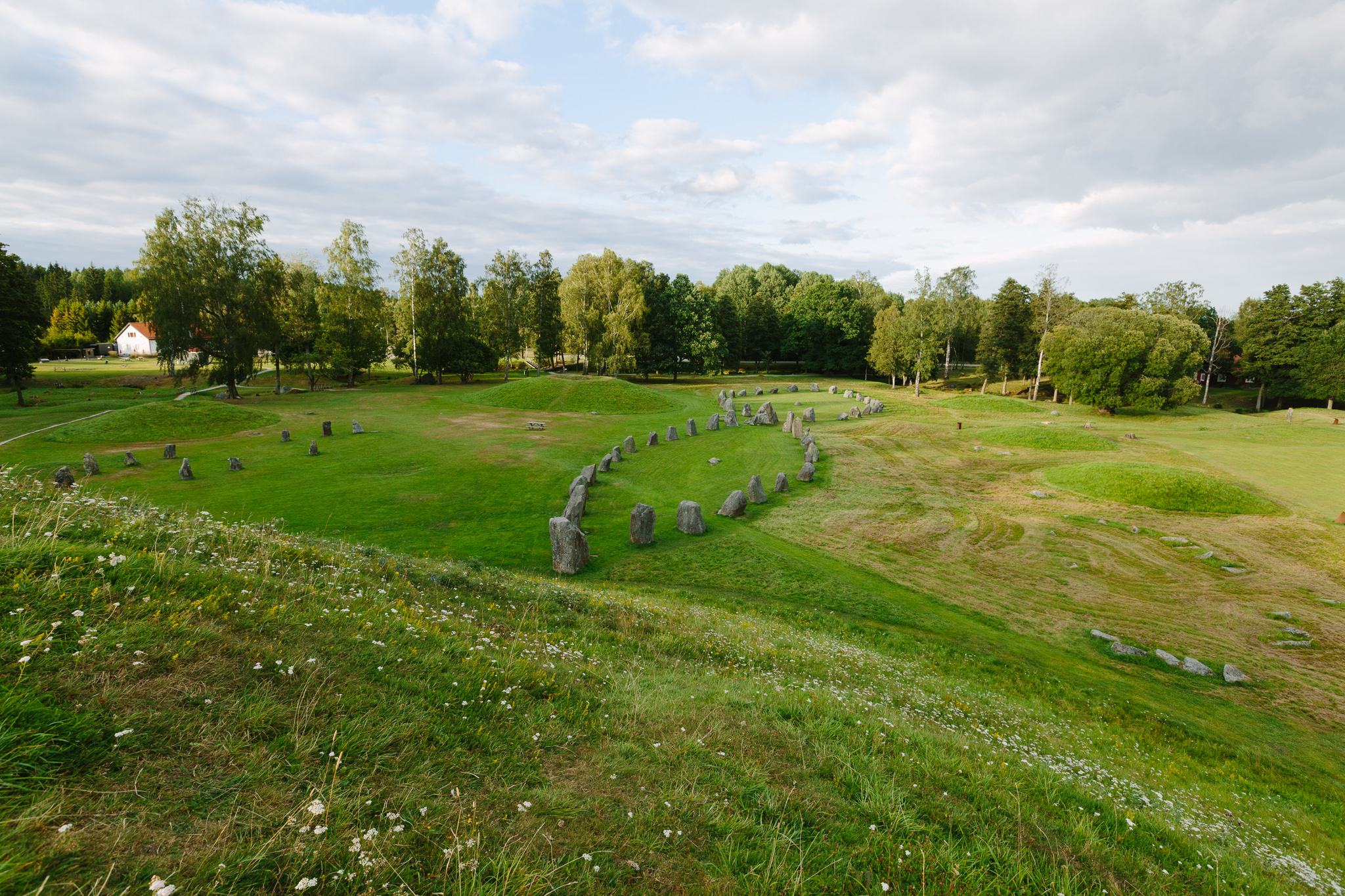By a minor scheduling miracle, with less than two days left in country, my final two contacts from the Swedish Number were both available to meet. It meant stops in two different cities before heading to the airport, and it was totally worth it.
Driving north from the Linköping area, an hour and a half through gorgeous countryside brought me to meet up with Ali at the Örebro Eurostop, which was conveniently located near his work and on my way past town. Over coffee and a delicious, creamy merengue concoction, we talked for an hour or two about how he came to be answering calls on behalf of Sweden. Ali is originally from Sumatra, but moved to Sweden eleven years ago, after relocating first to Malaysia, then Norway. He and his family are Swedish citizens, and it was great getting to hear his perspective on living, working, and raising a family here. Back in May, when we first talked, Ali had told me that he was taking calls for the Swedish Number in part to give back and say "thank you" to Sweden. In addition, he enjoyed connecting with people from around the world, and liked the opportunity to practice English (one of his 5+ languages). After a quick portrait shoot (we got lucky with the rain), Ali had to head home, and I continued my drive to Västerås.
I got into town late, so it wasn't until the next morning that I truly discovered Västerås' secret - it's one of the oldest cities in Sweden, and it's quaint/beautiful as all get-out. I wish I'd had more time to wander its streets, but I was headed to the airport that evening. Nevertheless, I was able to briefly check out the cathedral (built in the Middle Ages) and then met up for lunch and coffee with Viktor, my final Swedish Number contact. We took a walk through town, and Viktor explained some of the history behind certain buildings. I'd noticed people of all ages pedaling everywhere, and he mentioned he'd heard that Västerås had one of the highest biking populations in Sweden. We then headed out to explore the Viking burial ground of Anundshög, built during the Iron Age. I really liked Anundshög's presence - something about the symmetry and weight of the stones, as well as the view of the landscape from the top of the largest burial mound, felt remarkably calming and beautiful.















